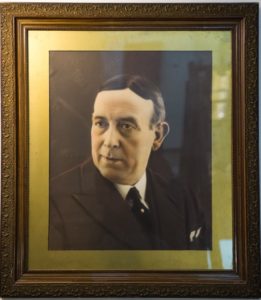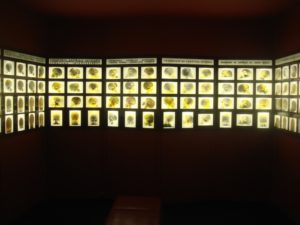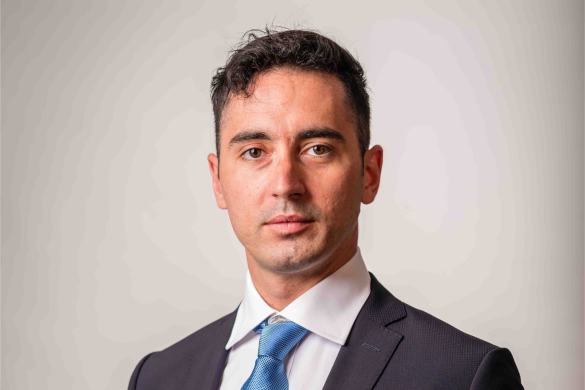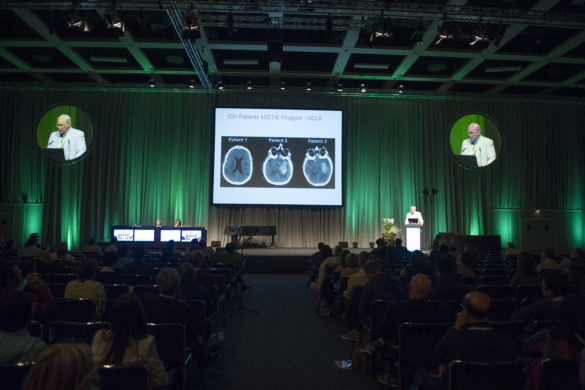by Prof. Victor Oliveira, University of Lisboa, Portugal – Member of the Local Organising Committee for the 4th EAN Congress in Lisbon, Portugal
Egas Moniz (1874-1955) was a Portuguese neurologist whose name is associated to the invention of angiography and the first steps of psychosurgery.
Egas Moniz was born in Avanca, a sma ll village in the wealthy agricultural region of Aveiro, Portugal. He graduated in Medicine at the University of Coimbra in 1899. Soon after, he become involved in politics being elected member of the monarchic parliament in Lisbon.
ll village in the wealthy agricultural region of Aveiro, Portugal. He graduated in Medicine at the University of Coimbra in 1899. Soon after, he become involved in politics being elected member of the monarchic parliament in Lisbon.
In 1902, after the discussion of his doctoral thesis “The sexual life”, he was appointed Professor of Medicine at the University of Coimbra, and started a sequence of yearly summer visits to France to fulfill his curiosity on neurosciences. The first visit was paid to Prof. Pitrés, a renowned neurologist and psychiatrist in Bordeaux, former pupil of Charcot and Déjerine. For the following years he visited regularly La Salpêtrière in Paris where he made a longstanding friendship with Joseph Babinski.
Meanwhile, he pursued his involvement in politics in a very agitated historical period. After the settlement of the republican regime in 1911, the University of Lisboa was founded, and Prof. Moniz was able to create the Department of Neurology, the first one in the Iberian Peninsula. He was also able to manage the duties related to his position at the university altogether with his very active political activity. He was sequentially appointed ambassador in Madrid, minister of foreign affairs, and head of the Portuguese delegation to the Peace Conference at Versailles.
In 1919 he quitted politics for good, and thereafter he dedicated himself entirely to medicine. He began to focus his research to find a method to identify intracranial tumors by depicting cerebral circulation of the brain. In July 1927, he presented the first cerebral angiography at the “Société de Neurologie”. It was the case of a patient with a pituitary tumor. Hundreds of angiograms were performed thereafter. Very soon Prof. Moniz and coworkers understood that the cerebral circulation was not only a way to identify tumors but that the vessels themselves worth investigation. A number of vascular abnormalities came to light such as carotid and intracranial vessels occlusions, aneurysms, arteriovenous malformations, etc. Angiography was also performed in various territories such limbs, aorta, lungs and heart.
Nowadays, angiography is still an important imaging technique performed in large hospitals worldwide.
Learn more about the History of Portuguese Neurology and Professor Egas Moniz during the History of Neuroscience visit at the EAN Congress in June 2018. Use the registration system to register for this event. Book now – space is limited!













